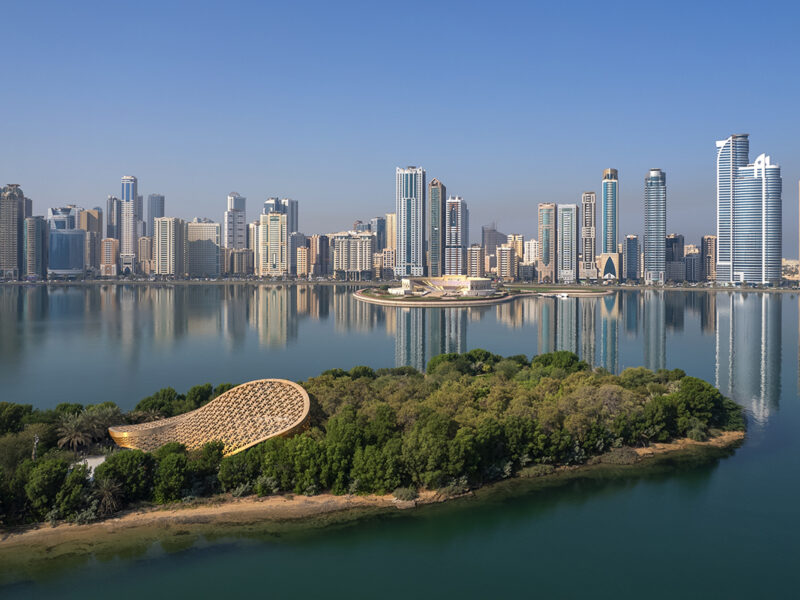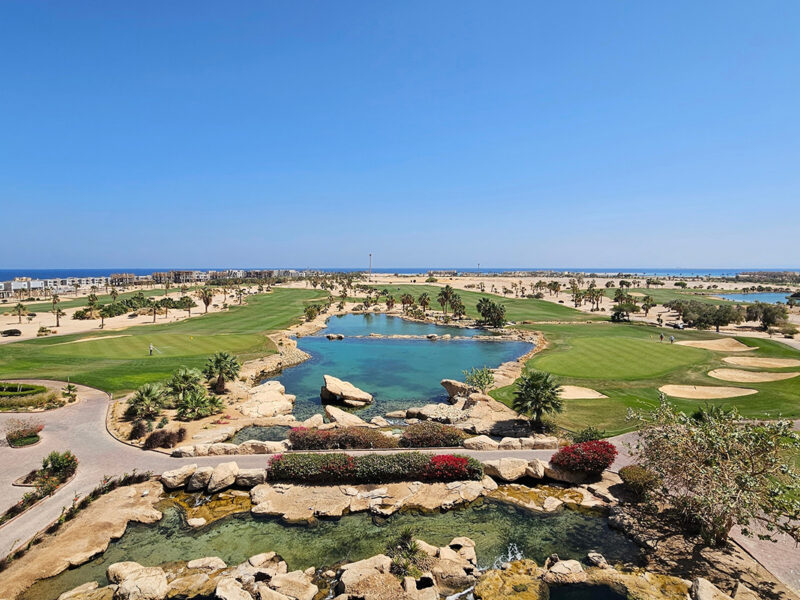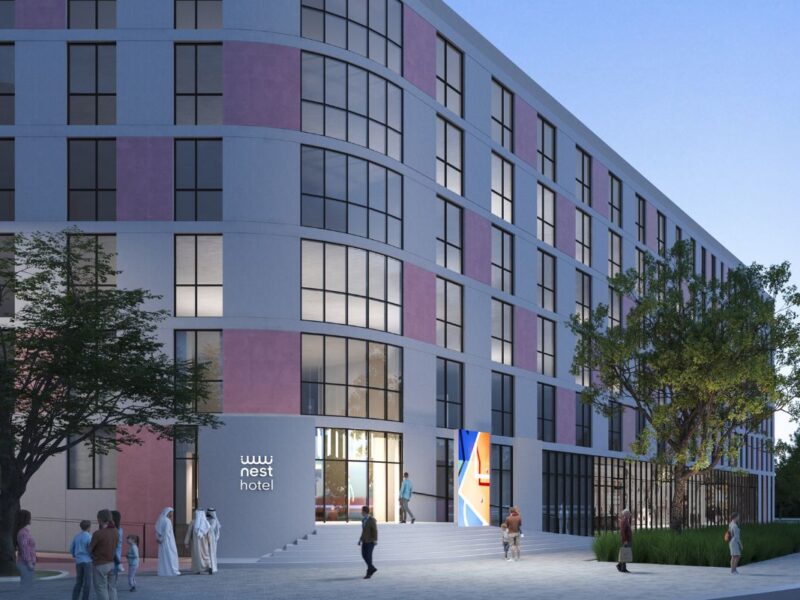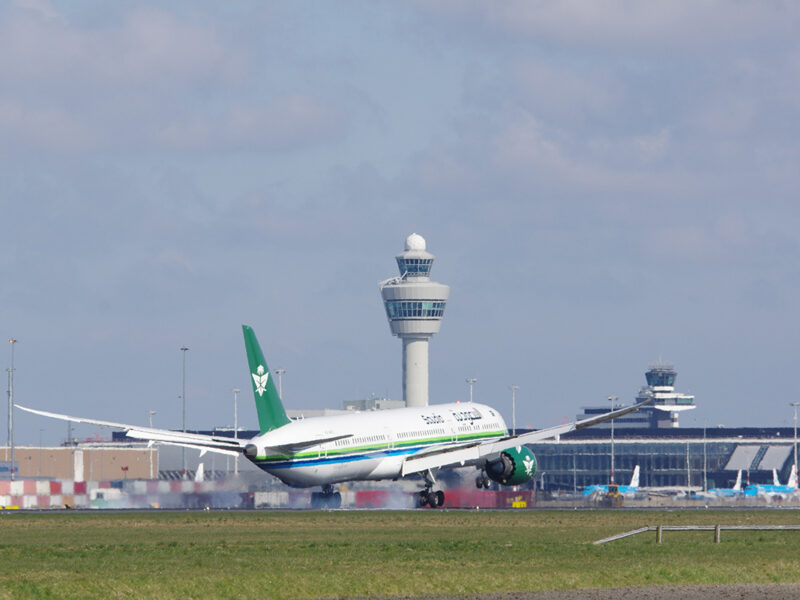The August figures from the HotelBenchmark Survey show plenty of peaks and troughs, as the most established markets of Dubai and Cairo sail through to success, while Muscat and Riyadh can be found floundering with occupancies in the 50%s and 40%s.
Dubai continues to go against the grain with record occupancies at 86%, 6.3% ahead of 2005 figures. Average room rate for the city also stood proud at US $166, 10.8% above August 2005, and RevPAR did equally well, at $143, a rise of 17.7% on last year.
Close behind Dubai in the occupancy stakes was Cairo.The Egyptian capital seems to be enjoying a summer boom,with hotels running at 85.6% occupancy for August, 6.7% clear of 2005, and a further gain of 10.9% on July’s record month.
Revenue managers in Cairo should also be happy.The city recorded jumps in both average room rate and RevPAR over 2005 figures, with average room rate at $121, up 20.9%, and RevPAR at $103, up 29.1%.
While Cairo and Dubai both led the market in terms of occupancy, it was Doha’s hotels that were bringing in the dollars.This is Doha’s third month in a row as rate leader,with hotels in the city retailing at an average room rate of $177, up 21.1% on 2005. RevPAR for the city fielded a respectable $113, an impressive 35.5% ahead of last year’s August figures.
And while all of Doha’s statistics show remarkable growth on 2005, occupancy did falter, coming in at 63.7%, but still up 11.9% on 2005.Occupancy in Jordan’s capital is still tailing off, as Amman hotels recorded 61.2%, down 23.4% on 2005.This drop in occupancy had a knock on effect on RevPAR, which stood at $70, down 6.3% on last year, and the second lowest RevPAR in our survey.
Average room rate did, however, show some improvement, up 22.2% on 2005 to hit $114. Riyadh all but flat lined for August, as the market showed little growth and no loss against 2005.
Occupancy remained level at 52.5%,while average room rate made a respectable $139, up 3.4%.
RevPAR also grew by the same margin, to achieve $73. Bottom of the survey is Muscat, still awaiting the seasonal boom that comes with the Salalah rains.The Omani capital came last in all three surveys.
Occupancy slipped to 47.0%, down 4.7% against 2005. However, revenue did show growth against last year. Average room rate for Oman’s hotels sat at $113, up 20.4%, while RevPAR made $53, a growth of 14.8%.
With August out of the way, hoteliers in the region can now begin to prepare for peak season, which should kick in after Ramadan, leading to an increase in figures across the board as we head towards the New Year.







